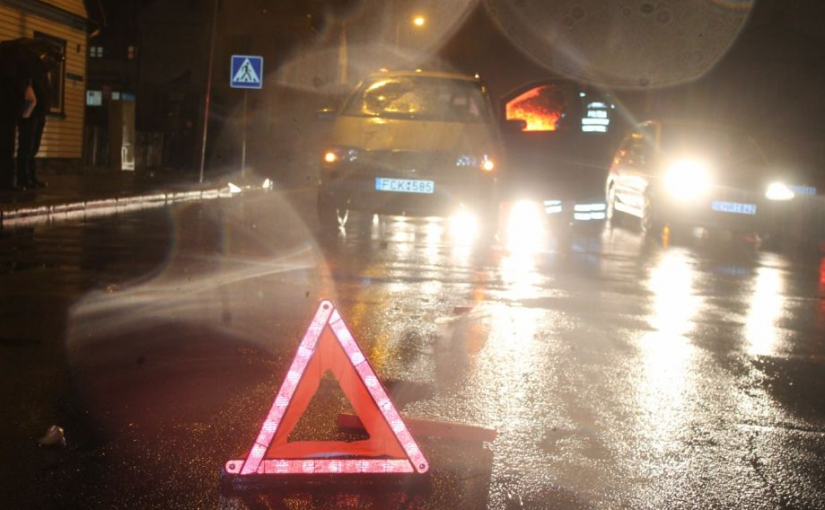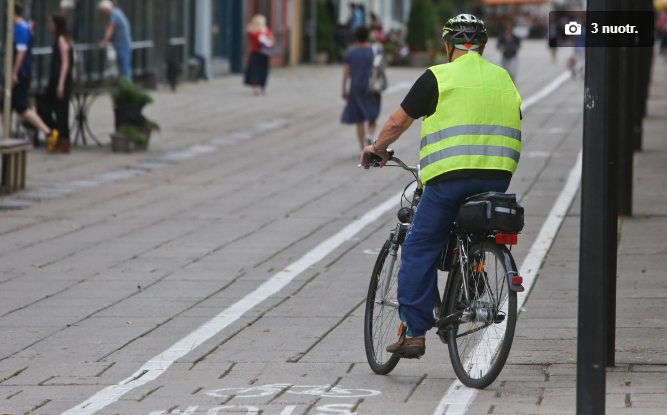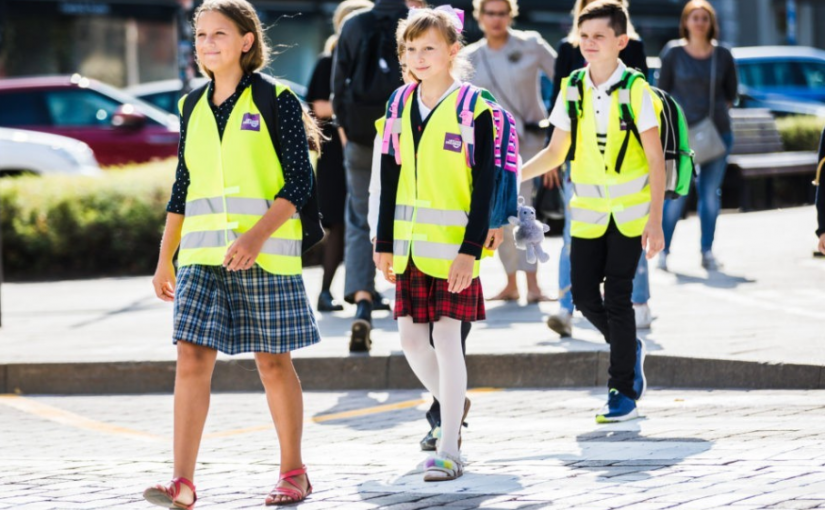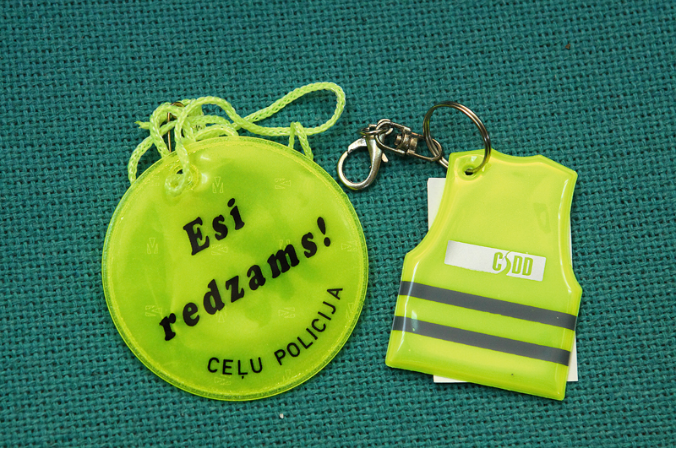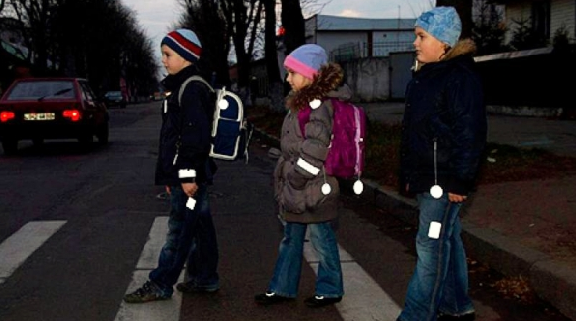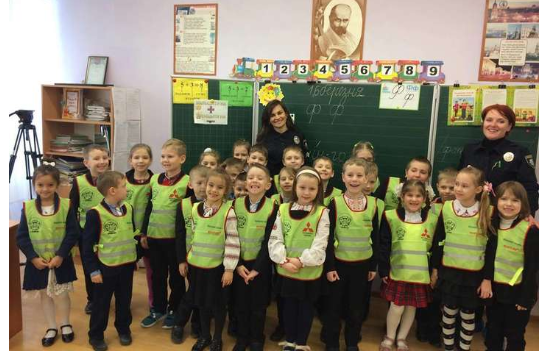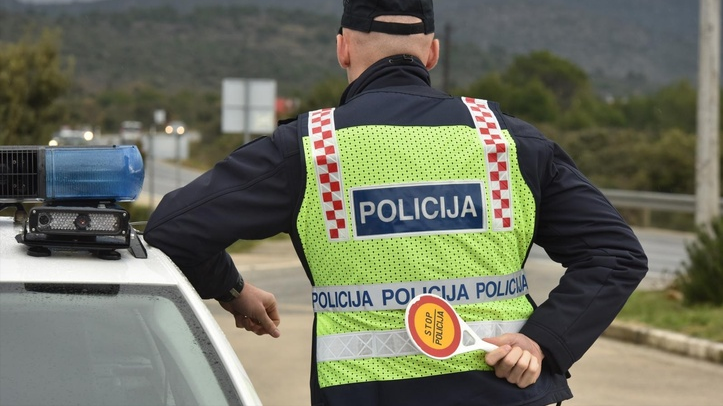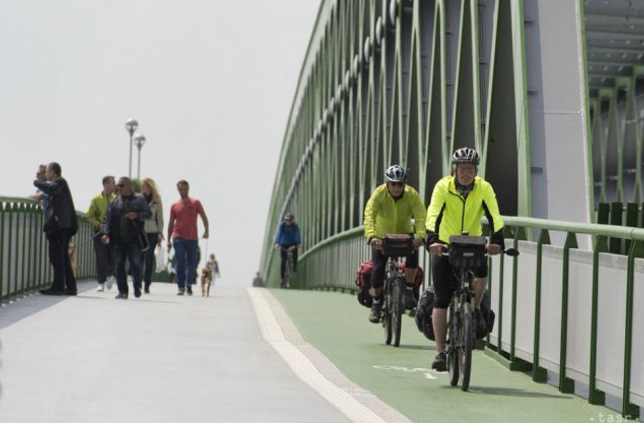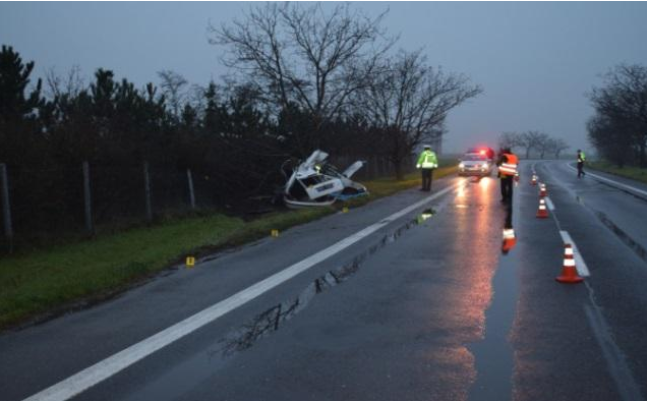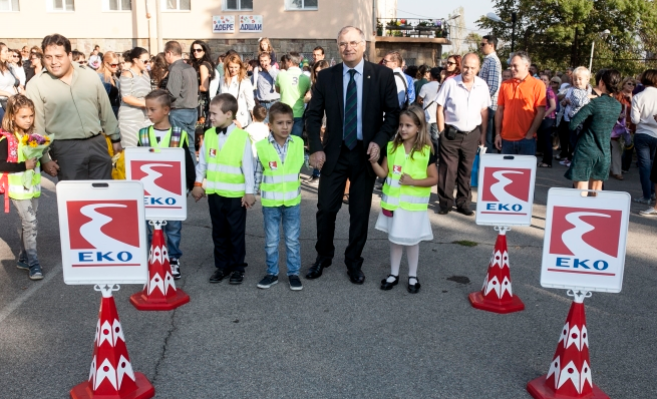Drivers who stop in the event of an accident or accident on the road often underestimate the circumstances and fail to take care of their safety, confident driving professionals. Making sure they are perfectly visible, they often carelessly enter the driveway, even at dusk, which results in serious injuries or even death.
There is no shortage of cases of passing car accidentally losing drivers in the car they drive. Many accidents occur during the dark hours of the day, as although the car must have a reflective vest sew on reflective tape and be worn when leaving the vehicle, the frequent driver does not have one at all or is so far away that it is not possible to reach it quickly.
Trouble is because people do not appreciate such situations properly. Here is how I saw the accident today while driving home in Vilnius: “a small car collided with a minibus. The minibus driver stopped in the far left of the road and ran across the road to the right lane to ask if everything was OK with the other driver. And they did it all on the street, where the traffic flow is 80 km / h. and faster,” said Olga Zidovlenkova, an instructor at the driving school Amplius LT, grinning. First of all, she said, drivers need to realize that in the event of a breakdown, something should stop as far as possible. Even when the car door is stopped in the street, the instructor says, you have to check that there are no passers-by and can block the car. Finally, you should only get out of the car when it is safe to do so. The reflective vest must always be readily accessible to the driver. “And be sure to wear a vest with reflective material. This must always be in hand in the car. In the worst-case scenario, the driver should at least put on a few reflectors before driving on the street,” the interviewer said. Also, the instructor reminded that when the car is forcibly stopped, the Road Traffic Code (KET) states that it is mandatory to turn on the hazard warning light. “The car must blink, and if the emergency lights aren’t on, then a flashlight on the back of the phone can be placed so that passers-by can navigate,” she said. Forgotten Emergency Stop Signs The instructor spoke if there is no emergency light, it is defective, or if the car is stopped where the car is stopped by other road users less than 100 meters away, it is mandatory to park it on the side of the carriageway. emergency stop sign.
It is specified that in settlements such a sign should be placed at least 25 meters away from a stopped vehicle and outside settlements at least 50 meters away. If the car breaks down, you need to make sure that it is visible and wait for assistance while standing still on the sidewalk where it is safe. “However, very often people forget this rule and don’t make the triangle at all. Although I would say that sometimes two such signs would come in handy, one farther away, the other closer, because often passing cars overtake or cross the sign and are no longer visible. It turned out that truck drivers often use two signs,” commented the specialist. Not for safety, but for roadworthiness Finally, according to O. Zhidovlenkova, some accidents happen because drivers and passengers of a broken car are parked in the driveway for some reason. “Without reflective vests, especially in the weather like now, early morning or evening, they are simply invisible. If the car breaks down, you need to make sure that it is visible and wait for assistance while standing still on the sidewalk where it is safe,” the specialist emphasized.
The driving instructor also had complaints about uninhibited drivers, who do not realize that the list of must-have items on the car is not just listed on the KET itself. “It seems to everyone, for example, that the same reflective vests should be worn for maintenance and not for their safety. It has been repeatedly seen when drivers borrow everything they should have before the roadworthiness test. Probably if you stopped ten cars on the street right now, maybe only three would have everything mandatory,” a traffic safety expert predicted.
